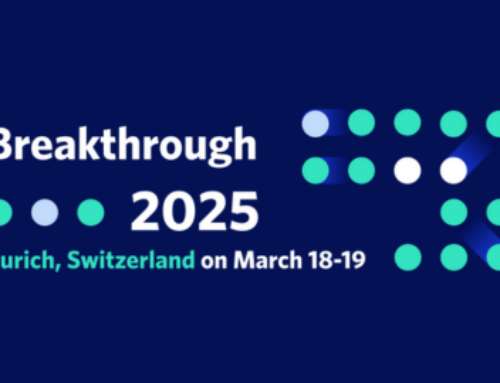The way in which safety information — including suspected adverse reactions, product use and complaints –is exchanged between stakeholders is crucially important. To drive greater consistency in this exchange of information, the ICH E2B R2 standard was introduced. But as the industry knows all too well, change and improvement are inevitable. The ICH and global standards bodies including HL7 and ISO came together to revise the guideline, creating E2B R3 standards. These will require companies to prepare their drug safety databases to deal with the change.
The shift has enormous implications, affecting the way drug safety and regulatory departments of marketing authorization holders, clinical and licensing partners do business, and require significant technological changes. In the transition period marketing authorization holders have to manage this change in their systems, processes, skill sets and documentation.
As different regulatory authorities have different timelines for adoption of these standards, E2B(R2) E2B(R3) will have to coexist. But having to operate two solutions creates huge complexities, unless you find a solution compliant with both. This refers to compliance to both import and export compliance using E2B(R3) standards.
How to Have A Progressive Approach for Drug Safety Databases
At the same time, change poses cost challenges for companies. Having to update their safety database is no small feat. Increasingly, life sciences companies recognize that the best and most progressive approach is through a pre-validated, multi-tenant platform.
Innovation in terms of meeting industry standards and ensuring companies have a safety database that is both compliant and reduces total cost of ownership (TCO) should be priorities for any solution. That means not having to constantly deal with patches and costly upgrades to manage regulatory changes, upgrades and maintenance.
Innovation is also about current and next-generation tools. For example, marketing authorization holders need to constantly look for efficiencies in MedDRA upgrading or reconciliation process. And increasingly as the industry looks to streamline activities, innovation is about cognitive computing and machine learning to automate the repetitive and routine manual tasks in case processing.
Compliance, TCO and operational effectiveness should all be priorities for life sciences companies – indeed, these capabilities are what they should expect from their solution providers.
With our announcement of LifeSphere® Safety MultiVigilance , ArisGlobal is the only solution provider thus far to provide full compliance to E2B R2 and E2B R3 standards for both import and export. Learn how ArisGlobal’s LifeSphere Safety MultiVigilance is changing the face of pharmacovigilance systems.





